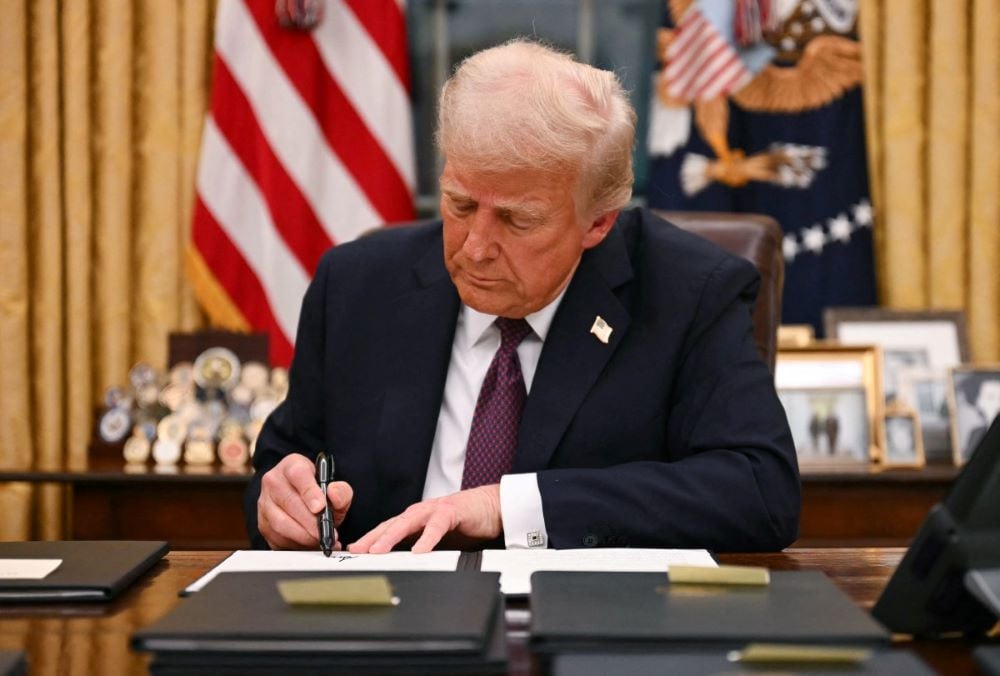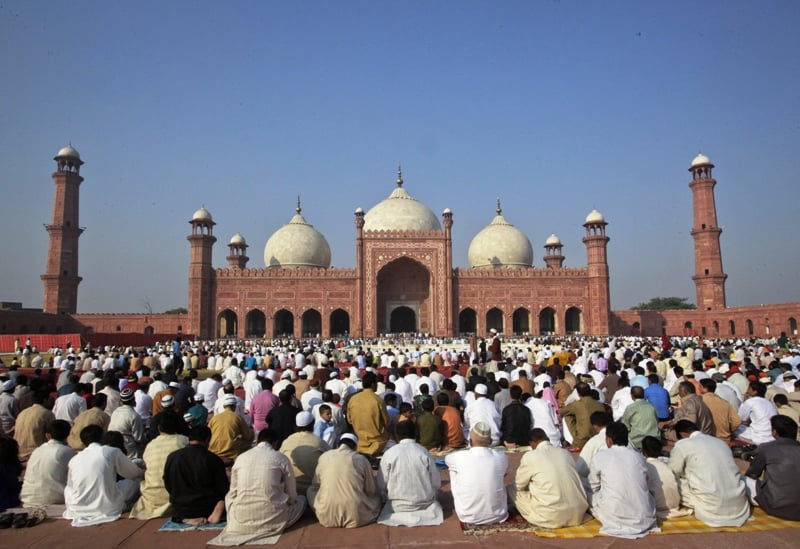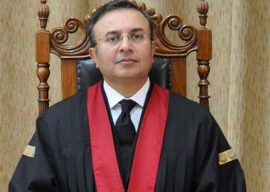
Donald Trump returned to the White House determined to make swift changes to the government, wielding the executive order as his most immediate tool.
On his first day, he focused on boosting domestic energy production and halting diversity, equity, and inclusion initiatives within federal agencies, among other measures.
What is an executive order? Trump’s tool for fast government overhaul
What are executive orders?
Executive orders are directives from the US president outlining how federal agencies should operate or what policies they should implement. They allow presidents to act quickly, bypassing Congress, but they come with limitations. For instance, they can be rescinded by future administrations or challenged in court.
Presidents have used executive orders for diverse purposes, from granting federal employees a holiday to enacting broad policies. Notably, President Joe Biden used one to regulate artificial intelligence, while Donald Trump frequently used them to fulfill campaign promises.
Trump’s use of executive orders
On his first day back in the White House, Trump issued a series of executive orders, including actions to:
Increase domestic energy production.
Halt diversity, equity, and inclusion programs in federal agencies.
Trump also rescinded 78 Biden-era orders, continuing a trend where new presidents often undo their predecessors’ directives. For example, one of Biden’s rescinded orders had originally overturned some of Trump’s first-term actions.
Trump has used executive orders as a tool for political messaging, with many tied to campaign promises. For instance:
He imposed a temporary hiring freeze for federal agencies.
Mandated federal employees return to offices.
Reviewed federal investigations he claimed unfairly targeted his supporters.
He has also expressed plans to use an executive order to extend the sale deadline for TikTok and halt offshore windmill development.
How common are executive orders?
Presidential use of executive orders is a long-standing practice:
George Washington issued just 8.
Franklin D. Roosevelt signed a record 3,721.
Trump signed 220 during his first term, while Biden issued 160 as of December 20.
Limits on executive orders
Although powerful, executive orders are not absolute. Congress can:
Revoke orders by passing contradictory legislation, as it did in 1992 to nullify an order by President George HW Bush.
Deny funding to enforce specific orders, effectively halting their implementation.
Courts also serve as a check. For example, the Supreme Court ruled against President Harry Truman’s attempt to seize steel mills during the Korean War, stating he lacked congressional authorization.
What’s next for Trump’s orders?
While Trump’s new executive orders are expected to face Democratic opposition, they highlight the broad, albeit temporary, influence a president can wield. Critics argue that many of Trump’s orders are more symbolic than substantive, reflecting campaign promises rather than immediate policy changes. However, with the courts and Congress keeping a watchful eye, the true impact of these orders remains to be seen.























COMMENTS
Comments are moderated and generally will be posted if they are on-topic and not abusive.
For more information, please see our Comments FAQ